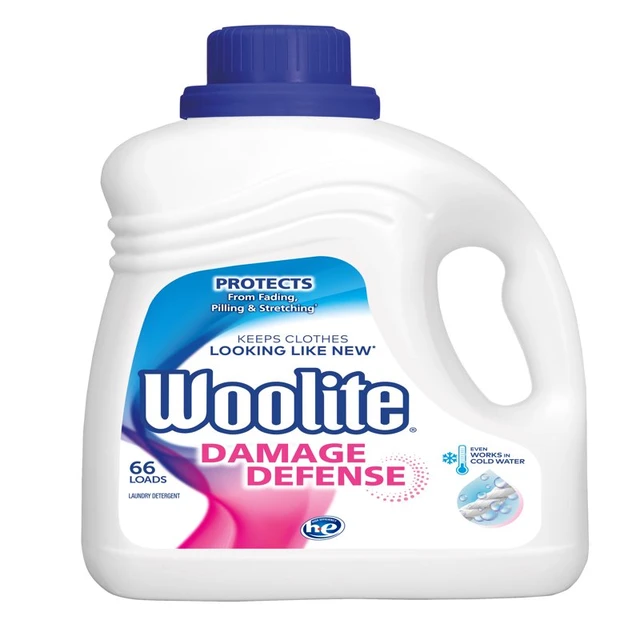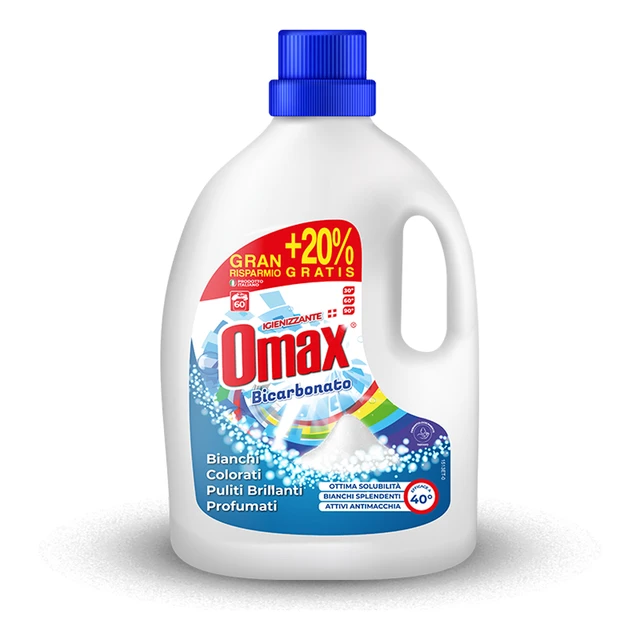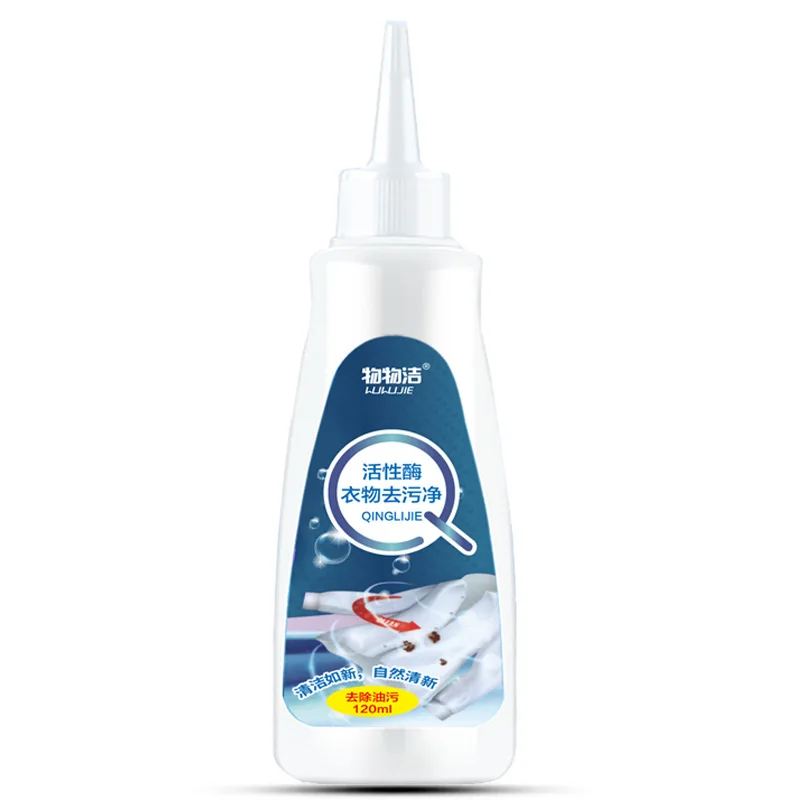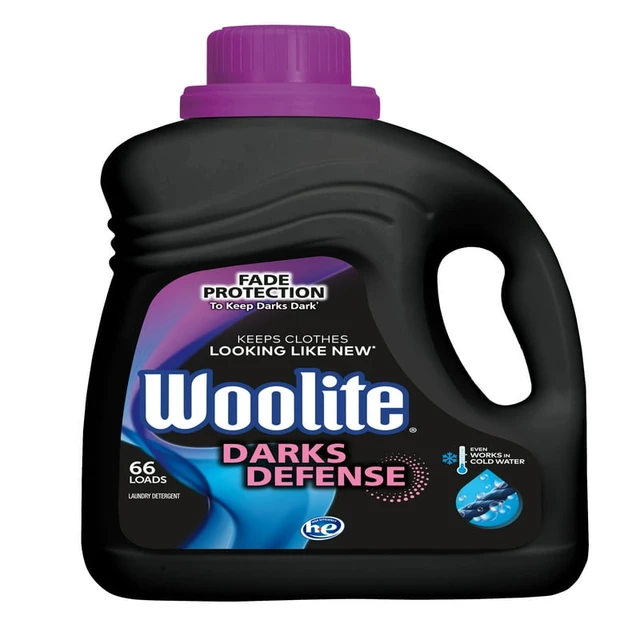 Introduction:
Introduction:
In certain situations, you may find yourself in need of laundry detergent but without any on hand. In such cases, you may wonder if it is possible to use shampoo as a substitute for laundry detergent. Shampoo and laundry detergent are both cleaning agents, but they are formulated differently for specific purposes. In this comprehensive guide, we will explore whether or not you can use shampoo as laundry detergent, discussing the differences between the two, the potential consequences, and alternative solutions for emergency situations.
Some of the popular types include:
In the current market, there are various types of laundry detergent that have gained popularity. Some of the popular types include:
Traditional liquid detergent:
This is the most commonly used laundry detergent type. It comes in liquid form and can be used for both top-loading and front-loading washing machines. It is versatile and effective in removing stains and dirt from clothes.
Powdered detergent:
Powdered laundry detergent is another popular option. It comes in a powdered form and is suitable for both top-loading and front-loading machines. Powdered detergent is known for its effectiveness in removing tough stains and odors.
Pod or capsule detergent:
Laundry detergent pods or capsules have gained popularity due to their convenience and ease of use. These pre-measured and pre-packaged capsules contain the right amount of detergent for a single load of laundry. They are generally used in front-loading machines.
Eco-friendly or natural detergent:
With increasing awareness about environmental sustainability, eco-friendly and natural laundry detergents have gained popularity. These detergents are made from plant-based ingredients and are free from harsh chemicals, dyes, and fragrances. They are designed to be biodegradable and gentle on the environment.
Scented or fragranced detergent:
Many people prefer laundry detergents with added fragrances to give their clothes a pleasant scent. There are a wide variety of scents available, ranging from floral and fruity to fresh and clean.
High-efficiency (HE) detergent:
High-efficiency laundry detergent is specifically formulated for use in high-efficiency washing machines. These machines use less water and require a detergent that produces less suds. HE detergents are designed to be low-sudsing and can help prevent residue build-up in your machine.
It’s important to choose a laundry detergent that suits your specific needs, taking into consideration factors such as the type of washing machine you have, any skin sensitivities or allergies, environmental concerns, and personal preferences for scent and cleaning performance. Reading product labels and customer reviews can help you make an informed decision when selecting a laundry detergent.

Understanding Shampoo and Laundry Detergent
Composition of Shampoo:
Shampoo is specifically designed for cleansing and conditioning hair.
It typically contains surfactants, conditioning agents, fragrances, and other ingredients to maintain the health and appearance of hair.
Composition of Laundry Detergent:
Laundry detergent is formulated for cleaning clothes and removing stains.
It contains surfactants, enzymes, bleaching agents, and other ingredients to break down and remove dirt, grease, and stains from fabrics.
Differences between Shampoo and Laundry Detergent
Surfactants and Cleaning Power:
Surfactants in shampoo are designed to remove oils and dirt from hair, whereas laundry detergent surfactants are formulated to break down and remove stains from fabrics.
Laundry detergent typically contains stronger surfactants than shampoo to effectively clean heavily soiled clothes.
pH Levels and Fabric Care:
Shampoo is formulated to maintain the pH balance of the scalp and hair, which is slightly acidic.
Laundry detergents are formulated to work well in a wider range of pH levels and are often slightly alkaline to aid in stain removal.
Fragrances and Residue:
Shampoos are typically scented to provide a pleasant fragrance for the hair.
Laundry detergents may contain fragrances as well, but they are specifically designed to rinse out of fabrics without leaving residue or causing skin irritation.
Section 3: Potential Consequences of Using Shampoo as Laundry Detergent
Inadequate Cleaning Power:
Shampoo may not have the same cleaning power as laundry detergent, especially for heavily soiled clothes or stains.
It may not effectively remove dirt, grease, or odors from fabrics, leaving them less clean than desired.
Residue Buildup:
Shampoo may leave behind a residue on clothes due to its conditioning agents and other ingredients.
This residue can accumulate over time and cause clothes to feel stiff, look dull, or become prone to staining.
Skin Sensitivity:
Shampoo formulations, especially those containing fragrances or other additives, may cause skin irritation when used on clothes.
This can be particularly problematic for individuals with sensitive skin or allergies.It can even cause skin allergies.
Alternative Solutions for Emergency Situations
Hand Washing with Mild Soap:
In emergency situations, hand washing clothes using mild soap can be a viable alternative.
Mild soaps, such as gentle dish soap or castile soap, can effectively clean clothes without causing excessive residue buildup.
Baking Soda or Vinegar:
Adding baking soda or vinegar to the wash can help neutralize odors and brighten fabrics.
They can be used in conjunction with mild soap or as a standalone solution for emergency laundry needs.
Seeking Alternative Detergents:
In situations where traditional laundry detergent is not available, alternative detergents such as laundry soap bars or eco-friendly laundry strips can be used as substitutes.
These products are specifically formulated for laundry use and provide better cleaning power than shampoo.
 To ensure thorough cleaning of your clothes with laundry detergent, follow these steps:
To ensure thorough cleaning of your clothes with laundry detergent, follow these steps:
Read the label: Start by reading the instructions on the laundry detergent packaging. Different detergents may have specific usage guidelines, such as recommended dosage amounts based on load size or water hardness.
Sort your laundry: Sort your laundry into different piles based on color, fabric type, and level of dirtiness. Separating whites, colors, and delicates helps prevent color bleeding and damage to delicate fabrics.
Pre-treat stains: Before washing, pre-treat any visible stains on your clothes. Apply a small amount of laundry detergent directly to the stain, gently rub it in, and let it sit for a few minutes before washing.
Measure the detergent: Follow the instructions on the detergent packaging to determine the appropriate amount of detergent to use based on the load size. Using too little detergent may result in inadequate cleaning, while using too much can lead to residue buildup.
Choose the right water temperature: Select the appropriate water temperature for your laundry based on the garment care labels. Hot water is suitable for whites and heavily soiled items, while cold or warm water is generally safe for colors and delicate fabrics.
Load the washing machine: Place the sorted laundry into the washing machine, making sure not to overload it. Overloading can prevent proper agitation and rinsing, hindering the detergent’s effectiveness.
Add detergent: Add the measured amount of detergent to the machine’s detergent dispenser or directly into the drum. Ensure the detergent is evenly distributed among the clothes.
By following these steps, you can maximize the effectiveness of your laundry detergent and achieve thorough cleaning for your clothes.
 Conclusion:
Conclusion:
While shampoo and laundry detergent may seem similar, they are formulated for distinct purposes. Although shampoo can serve as a temporary solution in emergency situations, it is not an ideal substitute for laundry detergent due to differences in composition and cleaning power. The inadequate cleaning power, potential residue buildup, and skin sensitivity issues associated with using shampoo on clothes make it less than ideal. In emergency situations, it is recommended to explore alternative solutions such as hand washing with mild soap, using baking soda or vinegar, or seeking alternative detergents specifically designed for laundry use. By following these alternative approaches, you can effectively clean your clothes even in the absence of traditional laundry detergent.
